Unit 2.1: Ancient Mesopotamia
1/5
There's no tags or description
Looks like no tags are added yet.
Name | Mastery | Learn | Test | Matching | Spaced |
|---|
No study sessions yet.
6 Terms
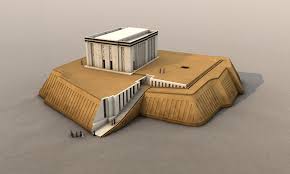
The White Temple and the Anu Ziggurat
3,500-3,000 BCE
Uruk (Iraq)
Mud Brick
Anu Ziggurat: pyramid stepped tower
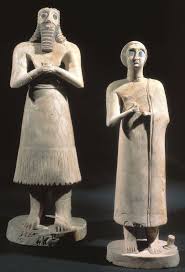
Statues of Votive Figures
2,700 BCE
Square Temple Eshnunna (Iraq)
Gypsum, shell, black limestone
Fine tool incsing
Purpose: humility, attentiveness to their god, surrogates to worship in afterlife
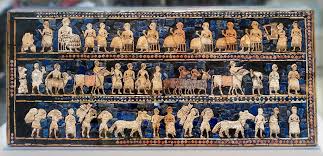
The Standard of Ur
2,600-2,400 BCE
The Royal Tomb of Ur (Iraq)
Wood inlaid w/ shell, limestone, red limestone, etc. (mixed media)
Mosaic inlay
One side shows war, while other shows peace
NARRATIVE DEVICES: registers, sequential ordering, hierarchy of size
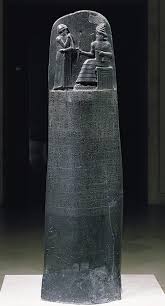
Code of Hammurabi
1790-1750 BCE
Babylonia (Iran)
Basalt
High relief
Code w/ list of rulings: inscribed cuneiform
King Hammurabi: left
God/Shamash: right
Shamash s giving Hammarabi the right to rule
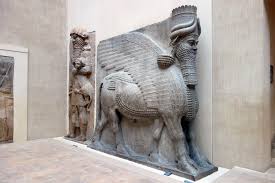
Lamassu from the Citadel of Sargon II
720-705 BCE
Dur Sharrukin (Iraq)
Alabaster (stone)
Winged bull with human heads, used for intimidation
Subtractive
Cuneiform inscriptions

Audience Hall (apandana) of Darius and Xerxes
520-465 BCE
Persepolis (Iran)
Limestone
Artisans from Greece, Egyptians, and Babylonans helped build
Ceremonial space meant to intimidate, impress
Hypostyle Halls (room full of decorative columns)